The city of Otaru lies close to Sapporo in Hokkaido and is known as a great local tourist destination
The city is often lauded for its delicious food as well as the strong arts and handicrafts scene here, so if you want to see some of Japan’s best artisans in residence, then this is the place to come. Otaru is also often likened to the European city of Venice, thanks to its amazing and romantic canal system, and while you can’t travel on a gondola, the banks of the canals are breathtaking, especially in the winter months when there is snow on the ground.
*By purchasing or reserving products introduced in this article, a portion of the sales may be returned to FUN! JAPAN.
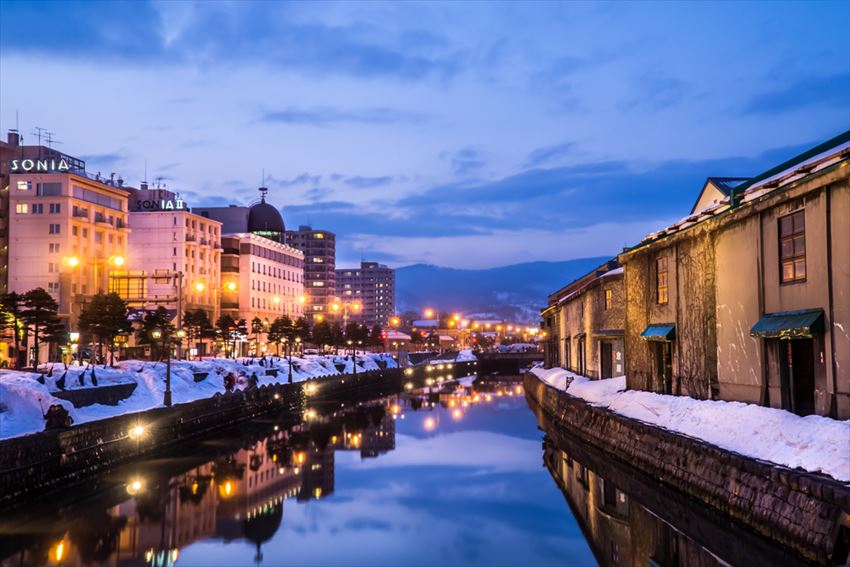
Getting to Otaru:
From neighboring Sapporo it is easy to get to Otaru using the JR Hakodate Line. Tickets cost ¥800 and run as frequently as five times every hour. You can also take the Airport Rapid Express train from New Chitose Airport to Sapporo and then travel on to Otaru.If you have a private car, then Otaru is approximately a 25 minute drive away from Sapporo.
As Otaru is a port, you can also take the Shin-Nihonkai Ferry to Niigata which takes 18 hours. Prices start at ¥10,500 for a ticket. You can also take the ferry from Otaru to Maizuru which takes 20 hours and costs ¥12,360.
🚢Search for discount ferry tickets from Niigata to Otaru
Tourist Attractions:
Otaru Canal:Otaru Canal is perhaps one of the most famous spots in the city and dates back to its construction in 1923. The canal has a walkway that skirts along its banks, and at night the walkways is lit much as it would have been in days gone by with oil lamps. Definitely this is worth a visit if you want to go for a serene stroll in Otaru.
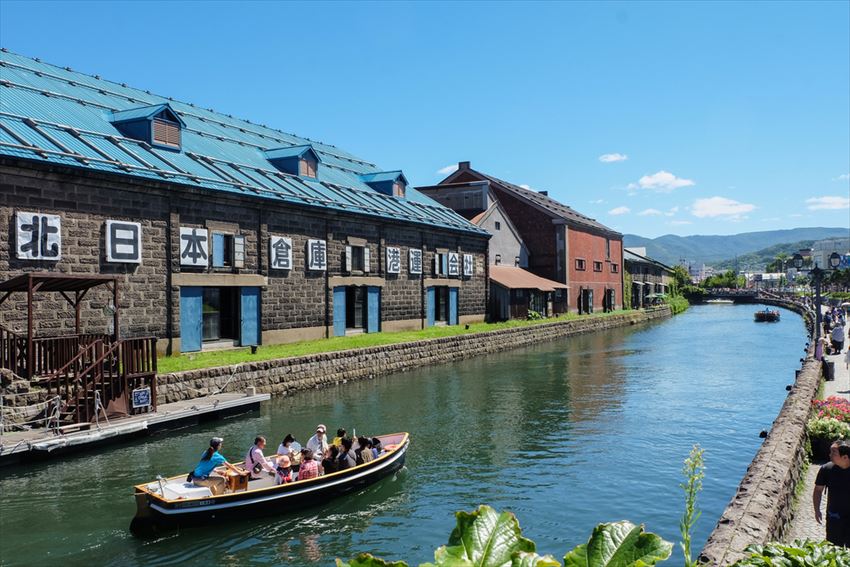
Yaovy / Shutterstock.com
Otaru Music Box Museum:
Otaru is famous for its music boxes, and you can learn all about how these came to Otaru and how they are made at the Otaru Music Box Museum. You will also find a wealth of different kinds of music boxes here and you can also design your own or simply buy some souvenirs in the onsite store.

Javen / Shutterstock.com
Herring Mansion:
As Otaru is a port, fishing has always been an important industry here, and in particular herring fishing. Many of the herring fishermen in Otaru became very wealthy as a result of this industry and were able to build opulent mansions. One of these still stands in Otaru to this day and dates from the 19th century. Inside the preserved mansion you will find period fishing memorabilia as well as information about the historical and cultural significance of the fishing industry in this part of Japan.
Otaru Cruises:
Otaru is a city on the water, and with that in mind it would be a shame to come and not explore the picturesque waterways. Visitors can take a cruise on Otaru Canal which last for 40 minutes and starts from the west side, or if you prefer you can go out into the Otaru Harbor. Cruises around the harbor usually include a commentary as well as stops to feed the birds that congregate on these waters.
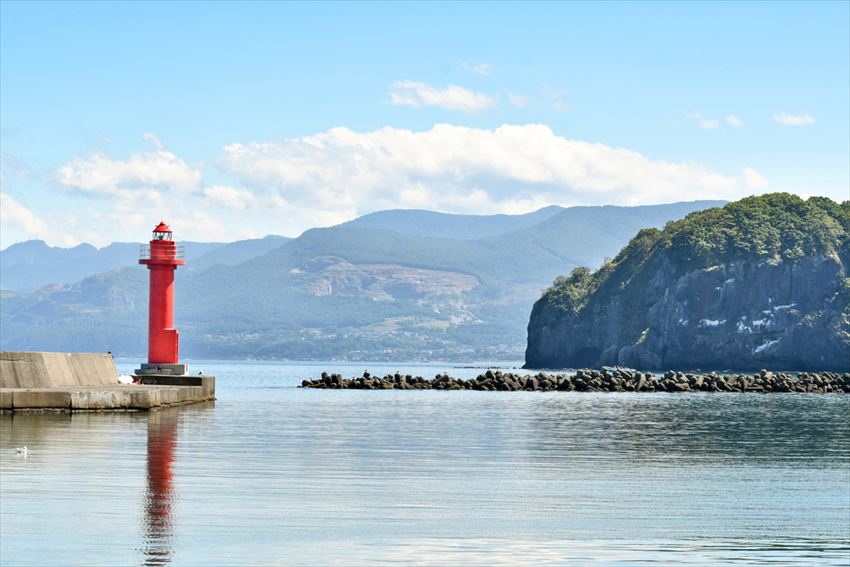
Steam Clock:
You might not expect to find a steam clock in Otaru, but this is actually one of the most iconic landmarks in the city. The clock was gifted to the city by Vancouver in Canada, and operates entirely by steam power. If you visit the clock on the hour then you will be able to hear the steam whistle blow.
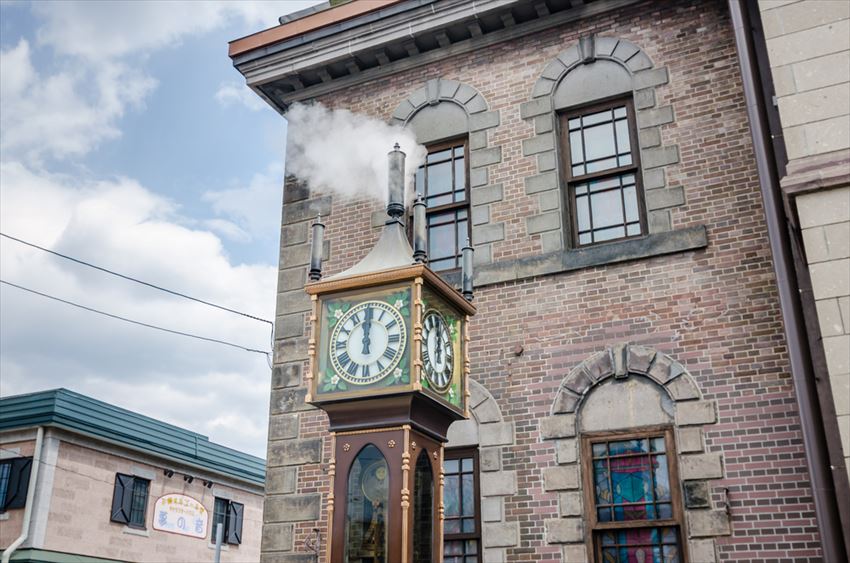
Shopping and Duty Free:
Antiques:Otaru is known for its antiques, and the center of the city is famous for its small antiques emporiums. You can pick up lots of different items here including things like period kimono. Tip: Prices are usually negotiable so don’t be afraid to ask for a discount.
Music boxes:
Music boxes came to Otaru during the times of trade with the United Kingdom and the United States, and have been produced here for decades ever since. The music boxes come in all shapes and sizes, and they can be bought all over the city as a souvenir of your trip. One of the best places to pick one up is at the Music Box Museum.
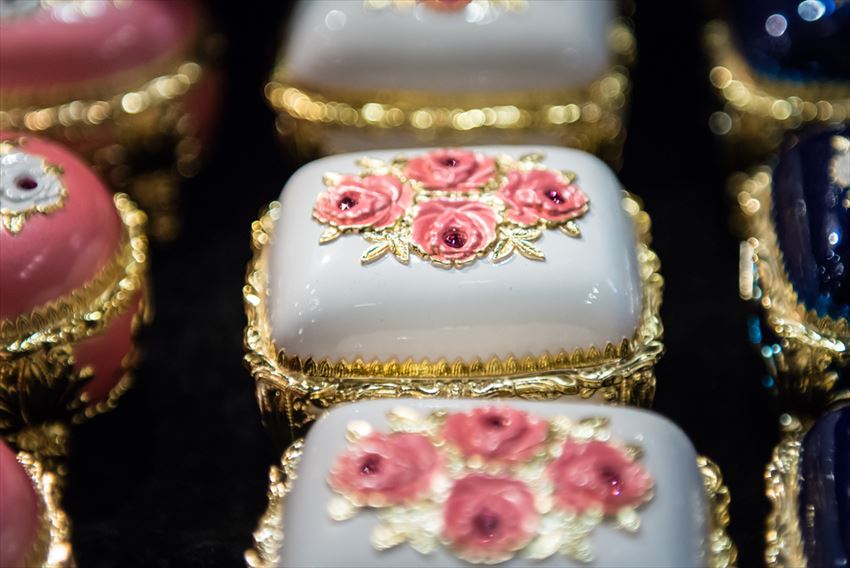
twoKim images / Shutterstock.com
Glassworks:
Otaru has a strong history in creating glass pieces, and historically was known for producing oil lamps and glass balls used in fishing. Nowadays this industry focuses on more decorative pieces, and you will find glass workshops all over the city. Some of these will even let you blow your own glass and make your own piece like a bowl or cup.
Deals:
The center of Otaru is small and compact, and many of the main attractions here are close together. As such, there is no real need to take public transport to get around, and you can easily walk to many places of interest on foot to save money and take in the splendor of Otaru at the same time.
Recommended times to visit:
When to visit Otaru depends very much on the kind of weather you enjoy, and as such only general advice applies.
High season is in April and May as well as in August. Crowds travel domestically in Japan for Golden Week in May and O-Bon in August, as well as around the New Year period. As Otaru is primarily a domestic tourist destination, you can expect it to be busier at this time.
The summer period is in June to September, although you should expect some rain in June and July.
Winter runs from November to January and it is usually cold in Otaru over these months. If you choose to visit during the winter then you should expect some snowfall.
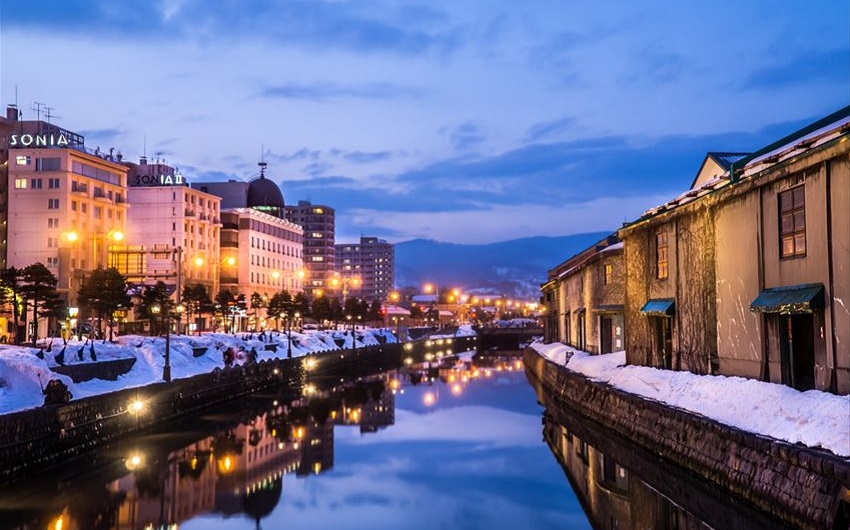



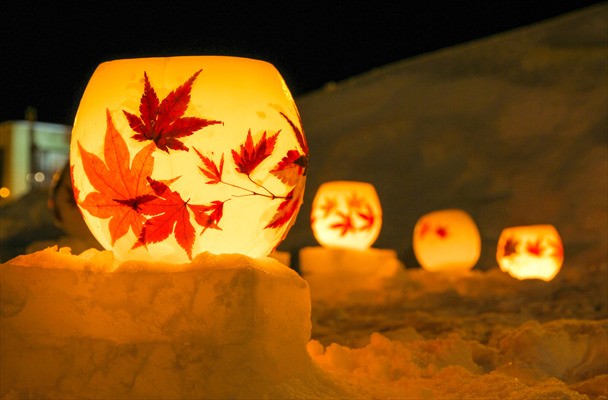
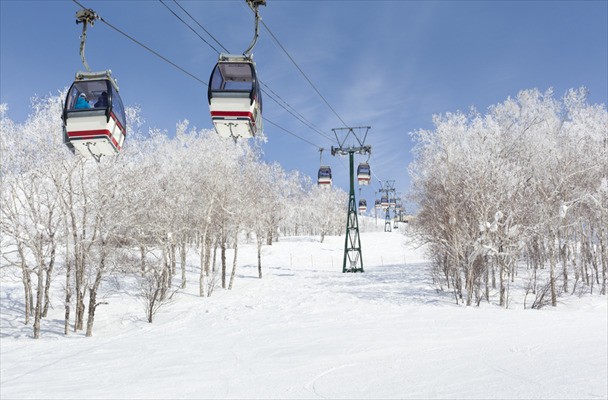
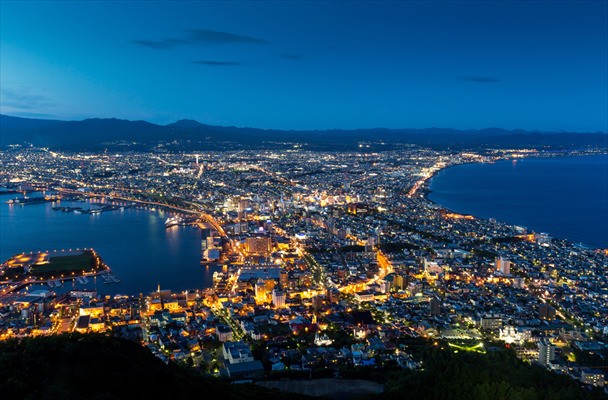
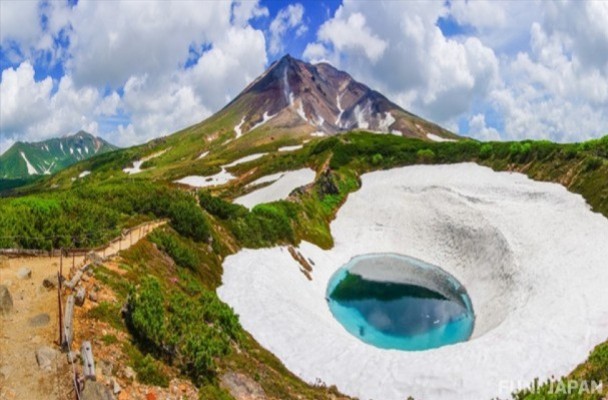
Comments